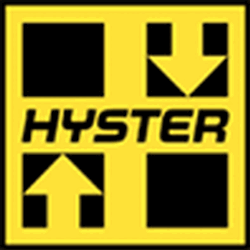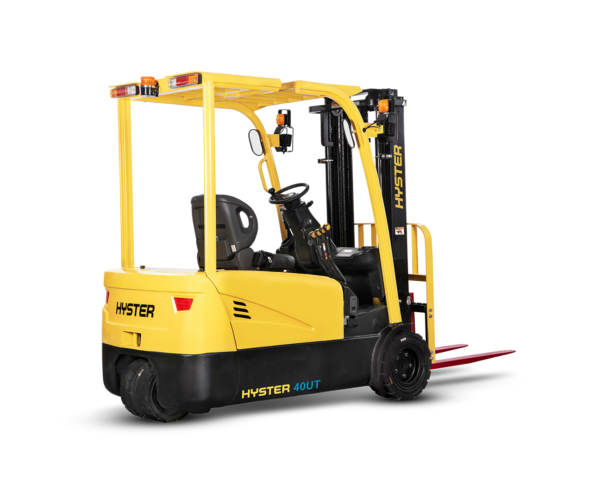 Hyster Company announces the expansion of its integrated lithium-ion forklift lineup with the addition of the three-wheel J32-40UTTL and four-wheel J30-70UTL. The UTTL and UTL are both powered by a factory-installed lithium-ion battery and provide a new avenue for electrifying forklift applications with less demanding requirements in industries such as chemicals and plastics, third-party logistics and trucking.
Hyster Company announces the expansion of its integrated lithium-ion forklift lineup with the addition of the three-wheel J32-40UTTL and four-wheel J30-70UTL. The UTTL and UTL are both powered by a factory-installed lithium-ion battery and provide a new avenue for electrifying forklift applications with less demanding requirements in industries such as chemicals and plastics, third-party logistics and trucking.
Available in capacity ranges of 3,200-to-4,000-pounds and 3,000-to-7,000-pounds respectively, the trucks are designed to help an even broader range of operations meet sustainability targets and productivity goals through the benefits of this advanced electric power source, including zero tailpipe emissions, fast charging times, consistent power delivery and zero battery maintenance. The trucks complement existing models in the UT series and create opportunities to electrify applications when doing so had historically been cost-prohibitive.

“The counterbalanced forklift market is seeing an accelerating shift towards electric, signaling electrification and sustainability as priorities across industries and in materials handling in particular. Advances in motive power, especially lithium-ion, are the catalysts driving the transition,” said James Nielson, Senior Business Product Manager for Motive Power and Electrification, Hyster. “These new UT models deliver a competitive value that makes lithium-ion more accessible to more applications, without complex warranty or support limitations.”
Hyster provides service and warranties on the truck, battery, and charger for maximum uptime, productivity, and customer satisfaction. The lithium-ion battery can fully charge in about two-and-a-half hours and opportunity charging allows the trucks to work for the majority of a full day. The trucks also offer several ergonomic features, including a low step height, a small, adjustable steering wheel, and a wide-view mast that helps maximize visibility and supports operator comfort.

The Hyster UT line was initially launched in 2019 with a series of lift trucks powered by internal combustion engines. The series was further expanded in 2022 with several electric warehouse models and earlier in 2023 with multiple sit-down counterbalance lead acid battery-powered trucks.











